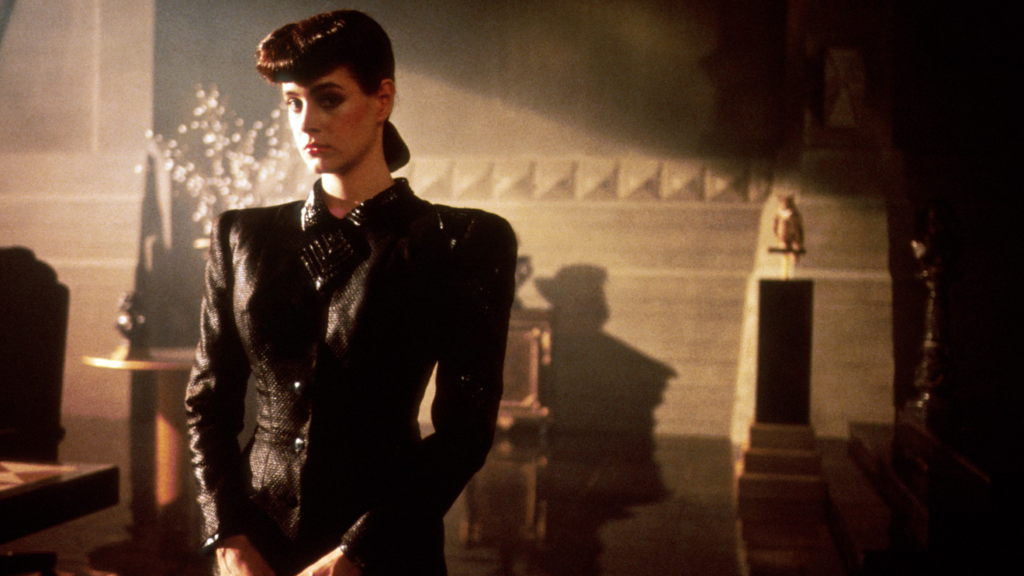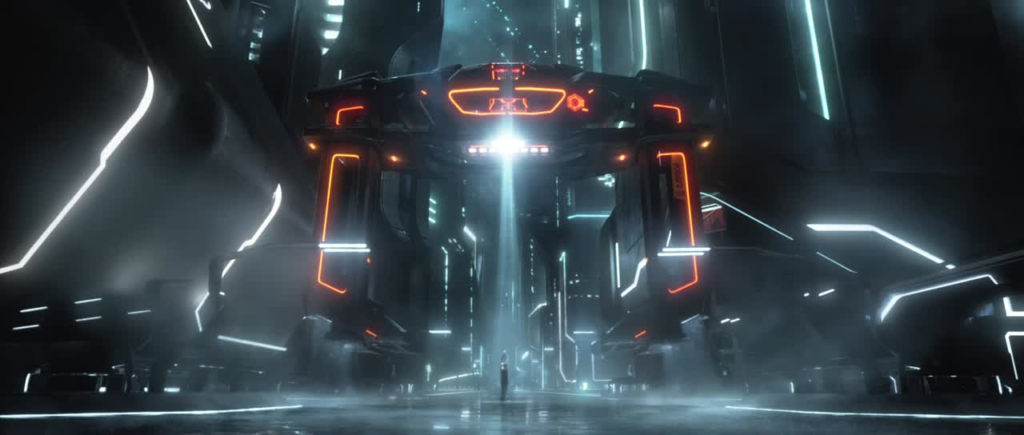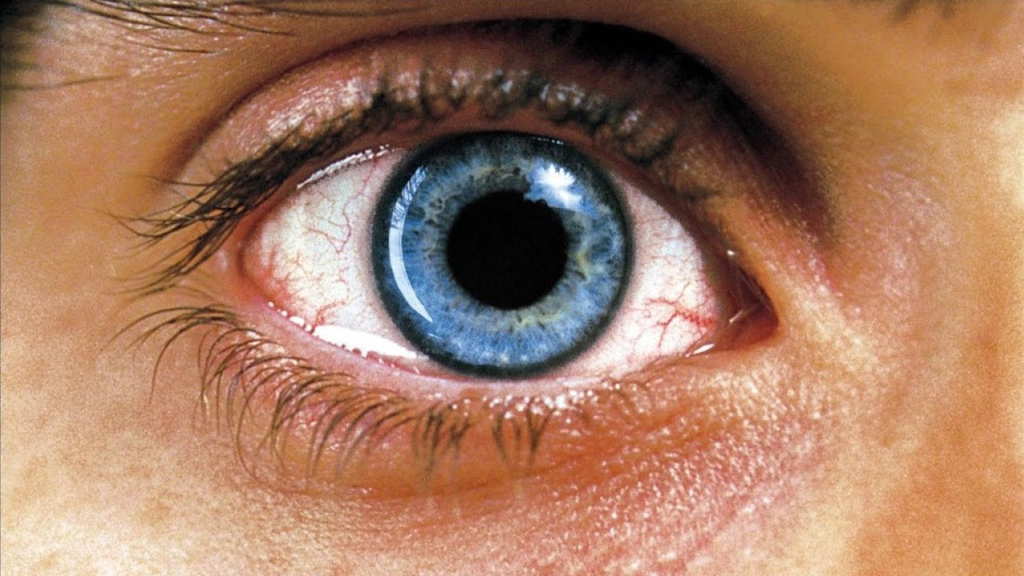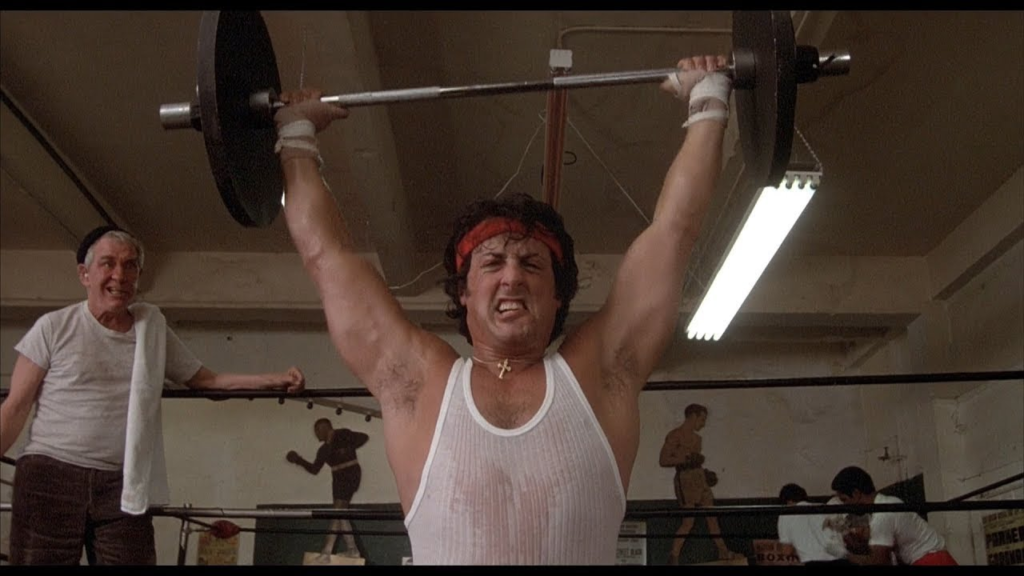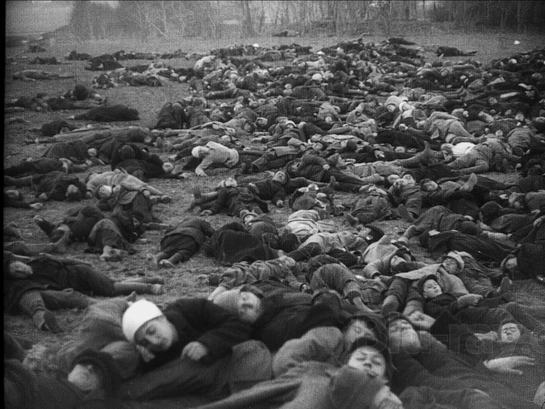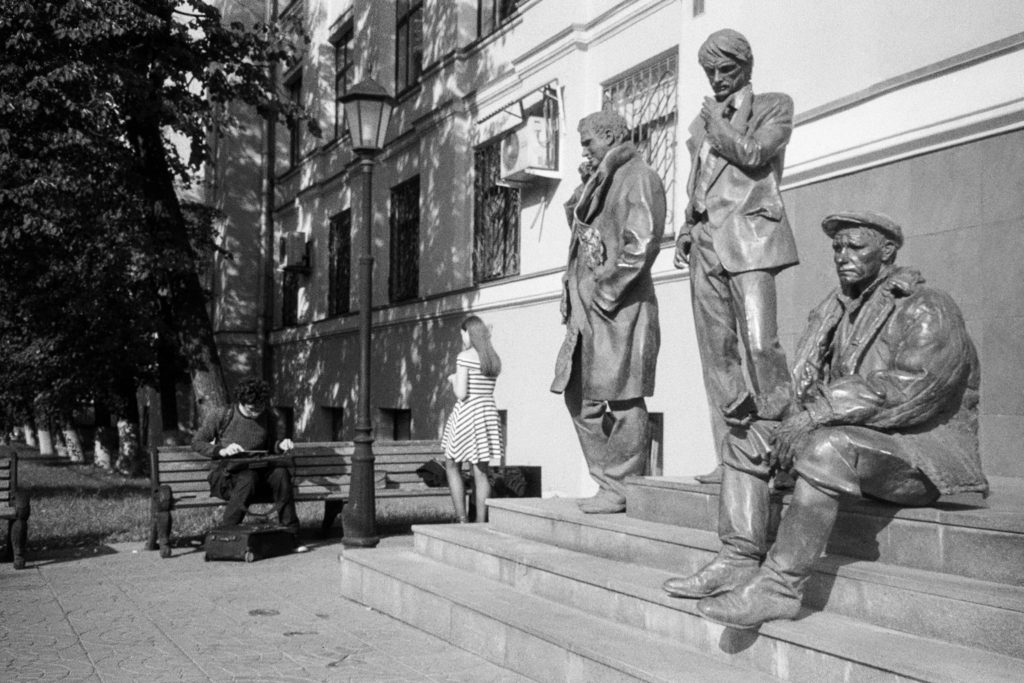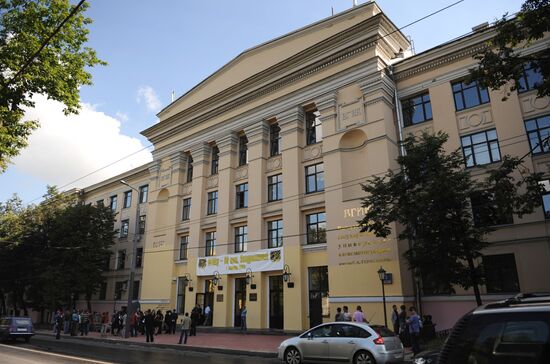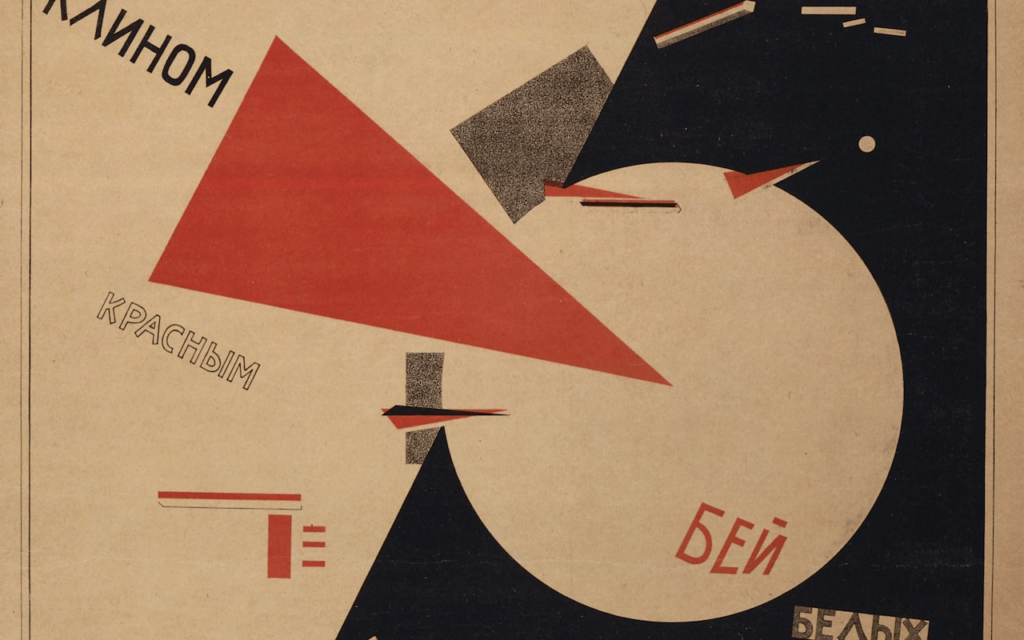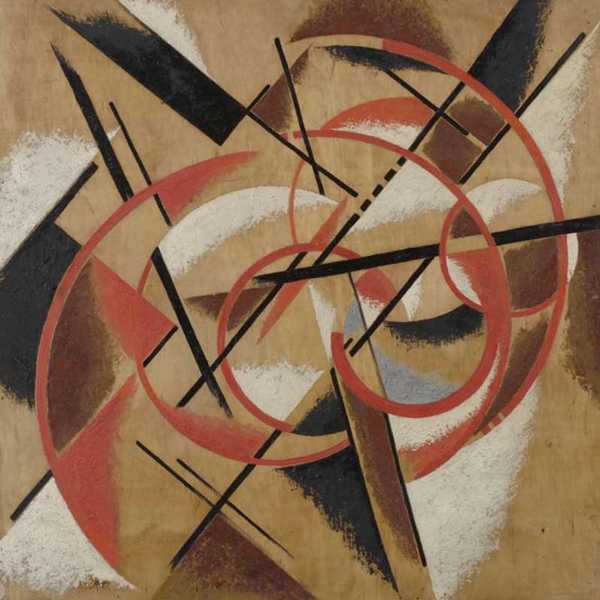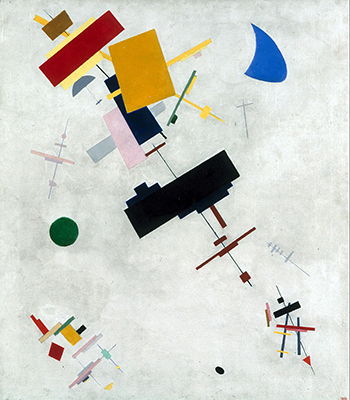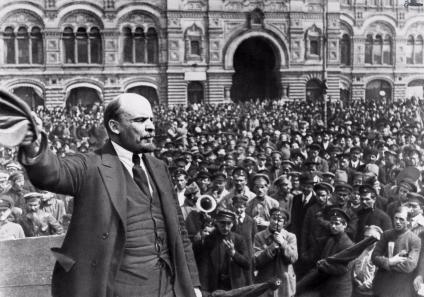Establishing Shot
An establishing shot within a film sets the location for a specific section of the narrative.

In this case, this shot of the outside of my house sets a narrative inside the building.
Medium Shot
A medium shot shows both a character and their surroundings, which allows them to interact with the environment and give audiences a better sense of the space the narrative is currently running in.

This shot of me, for example, shows me in my bedroom, showing off, my positioning, my facial expression, and the environment surrounding me. This gives audiences good insight into the casual setting of my room, and provides context to what kind of person I might be.
Close Up
A close up shot is often used to show what a character is thinking in higher detail, and can also be used to conceal what’s behind the camera, such as what the character might be looking at. It keeps the shot very focused on the character and their personal experiences rather than the world around them.

In this shot of me, it is clear in my facial expression that there’s a slight confusion in my face, which leads the audience to believe that I’m looking at something that doesn’t seem quite right, which provides interest into what happens next.
Shot-Reverse-Shot
Shot-reverse-shot is a technique where two separate shots are used to create a link between them, often with a character’s eyeline to show what they’re looking at to the audience.

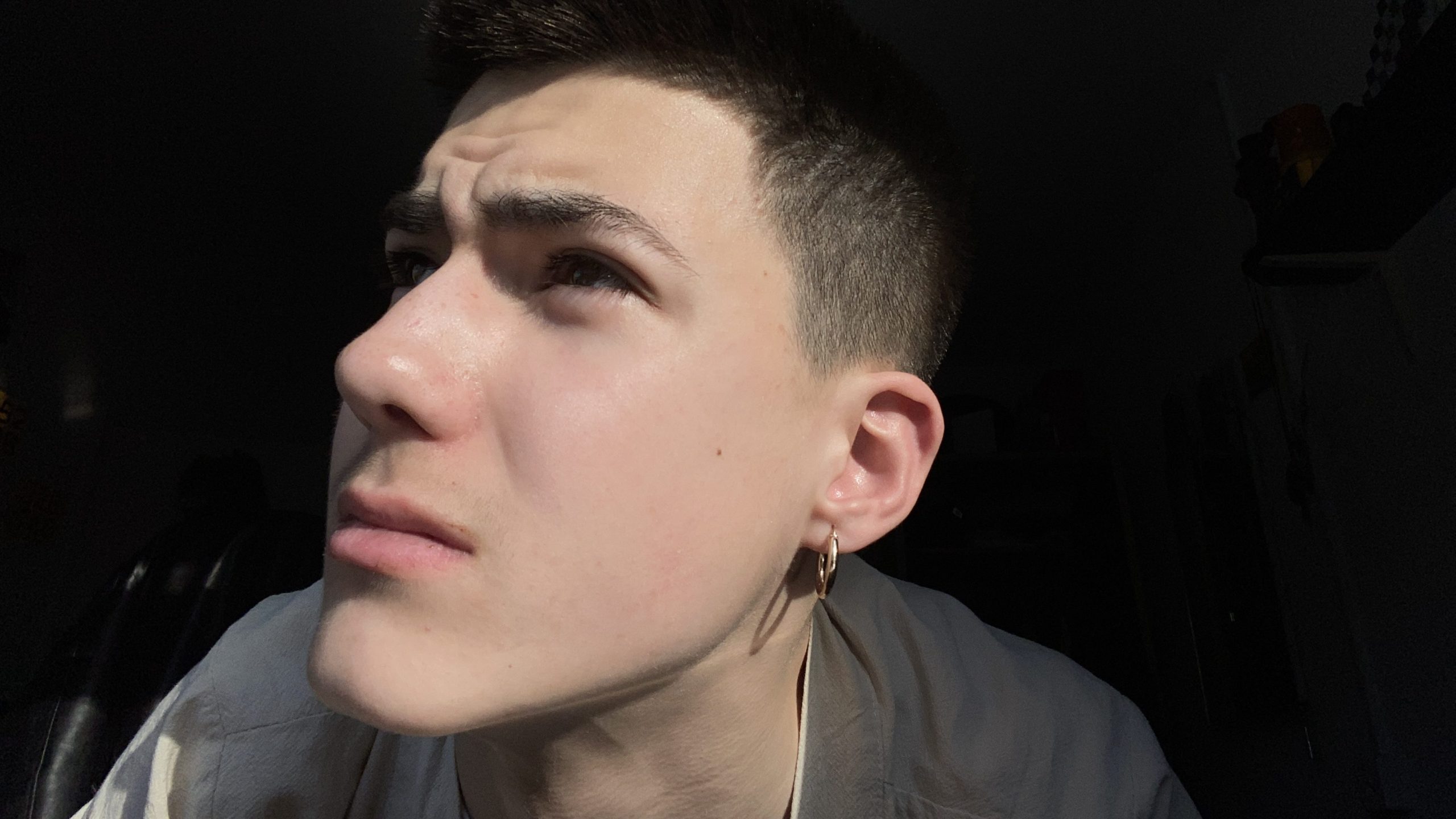
With this shot, you can see me looking off into the distance, and then a shot of the view from my window. This gives an audience more context to the placement of the characters and to what’s happening in the narrative.
